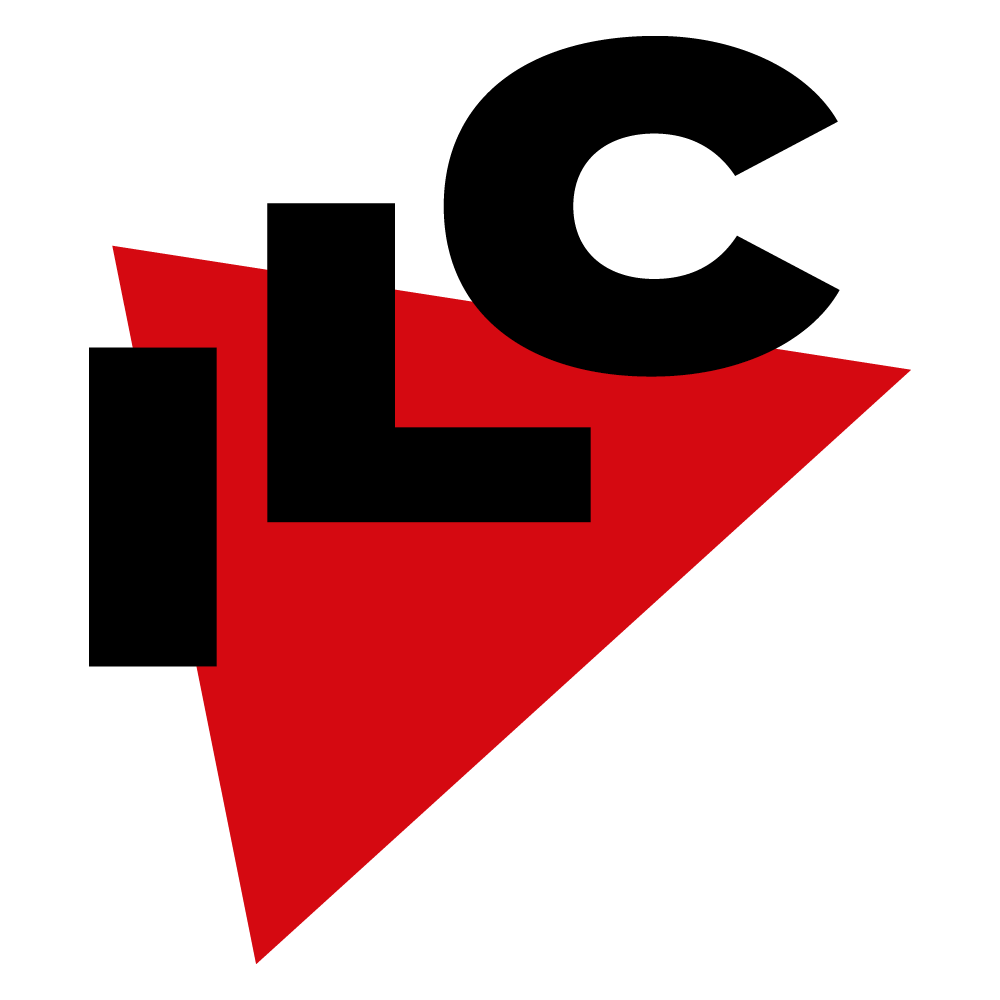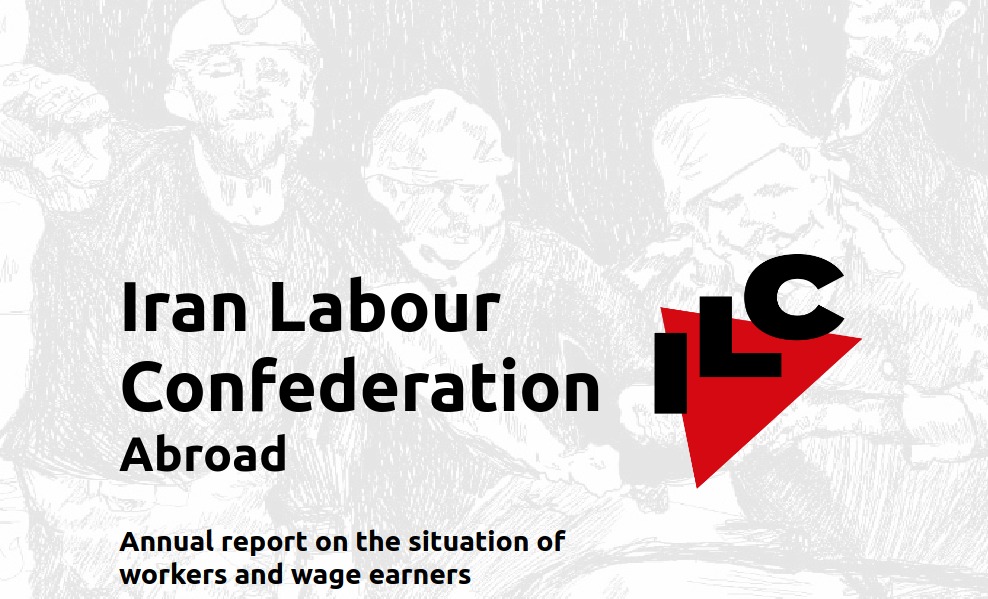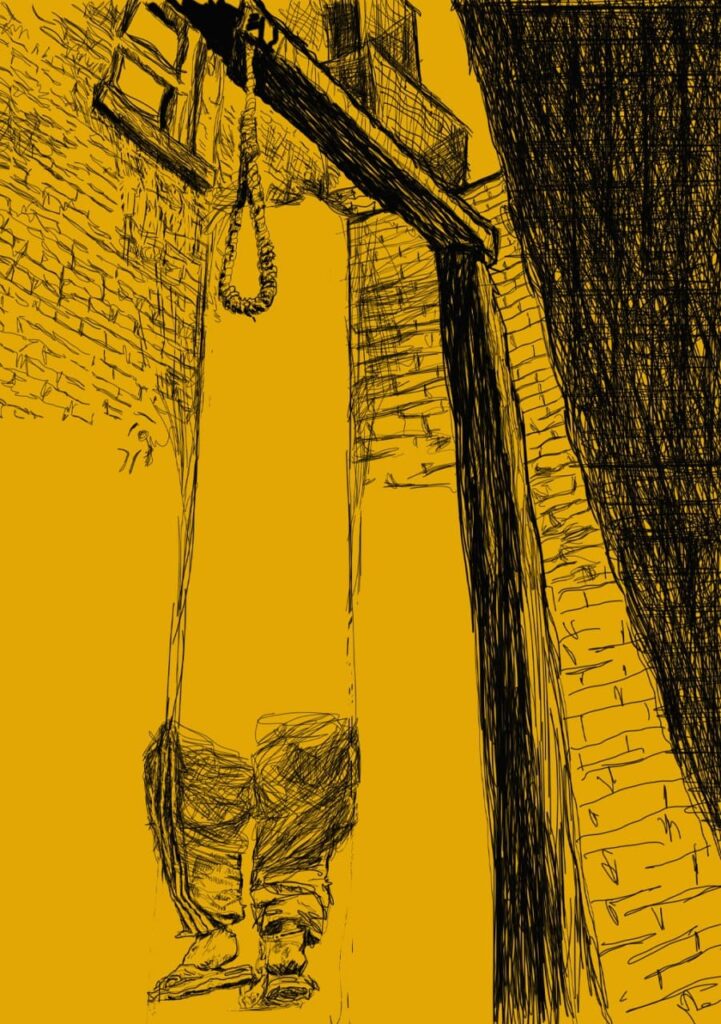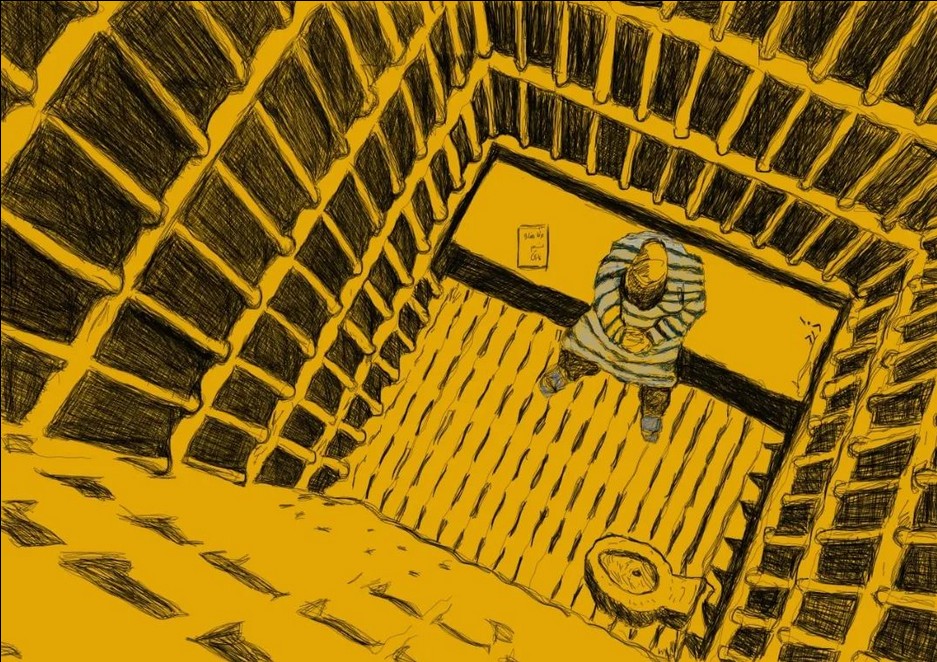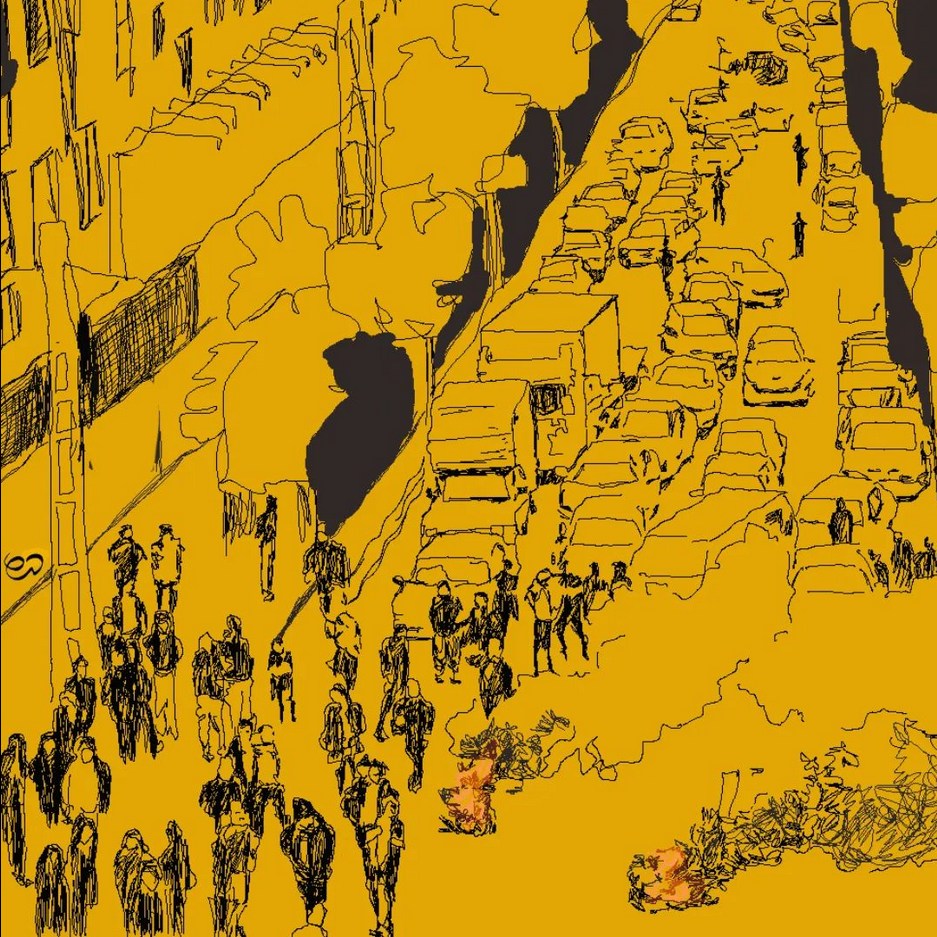The annual report of the Iran Labor Confederation – Abroad (ILC) provides a comprehensive 53-page review of the situation of workers, wage earners, and protest movements in Iran in 2024. This report offers a picture of the widespread economic and social crises, the continuous violation of labor rights, and the systematic suppression of labor activities in the country.
During 2024, there were at least 2,396 protest gatherings and 169 strikes in various sectors, broadly reflecting severe living conditions, job insecurity, and pressures caused by inefficient managerial and economic structures. These protests and strikes took place in 31 provinces and 70 cities across Iran, involving workers in the oil, gas, and petrochemical industries, as well as retirees, teachers, nurses, and municipal workers.
The main demands of the protesters included raising wages above the poverty line, paying unpaid salaries, eliminating contracting companies, implementing approved laws such as the job classification plan and wage equalization, and providing proper healthcare and insurance services. On the other hand, widespread repression of labor and union activists—along with mass layoffs, prison sentences, and threats against protesters—added to the situation. Arrests, summonses, and harsh sentences against teachers and labor activists, coupled with suicides linked to economic pressure and violent treatment by security forces, paint a clear picture of the current crisis.
Nationwide strikes by project workers in the oil and gas industry, with over 85 instances in certain months, showed the peak of dissatisfaction in this key sector of Iran’s economy. Meanwhile, retirees, suffering from harsh living conditions and low pensions, organized the highest number of protests.
Chart of protests and strikes in 4 labor groups

This report has been compiled based on the limited information published in the media or confirmed by independent labor unions and the confederation, given the constraints of media censorship and security restrictions. The lack of freedom to form independent associations and the restricted flow of information by the media are considered among the greatest obstacles to obtaining more accurate statistics and information about workers’ conditions.
The confederation’s annual report includes two appendices. The first appendix analyzes cases of violations of International Labor Organization (ILO) conventions and the failure to enforce Iran’s Labor Law. This section emphasizes the widespread violation of the freedom to form associations, the lack of compliance with minimum workplace safety standards, and the disregard for even the most basic rights of the workforce. According to the report’s analysis, the Iranian government’s policies of preventing the establishment of independent unions and severely restricting labor activities are identified as the main barriers to realizing workers’ rights.
Iran has so far ratified 15 conventions and one protocol of the International Labor Organization (ILO). However, the evidence indicates that enforcing these conventions faces serious challenges.
The second appendix of this report examines the status of marginalized and vulnerable groups in the labor market. Women, migrants, people with disabilities, cross-border porters (kolbars), fuel carriers, and LGBTQ+ communities are among the groups facing the highest levels of discrimination and exploitation. Among them, women experience even harsher conditions due to wage discrimination and high unemployment rates, while the kolbars endure life-threatening risks and unfair wages. Furthermore, Afghan migrants—often employed in arduous and unsafe jobs—are denied any form of insurance or legal rights, and their working and living conditions are marked by severe exploitation and near-slavery.
The annual report of the Iranian Labor Confederation Abroad underscores that, despite intense security pressures, the Iranian labor movement continues to resist and protest.
The Iran Labor Confederation – Abroad (ILC) believes that the systematic repression of workers and the prevention of independent union formation are tools the Islamic Republic uses to ensure its own survival and uphold the unequal structures of power and wealth. Sustainable improvement in workers’ conditions can only be achieved through the organized and united intervention of workers themselves in bringing about fundamental political changes in Iran. This requires creating a unified force capable of organizing the struggles of various segments of the workforce.
Accordingly, the report aims to provide an accurate depiction of the critical situation faced by the labor force in Iran and to once again highlight the necessity of international solidarity in supporting Iranian workers.
